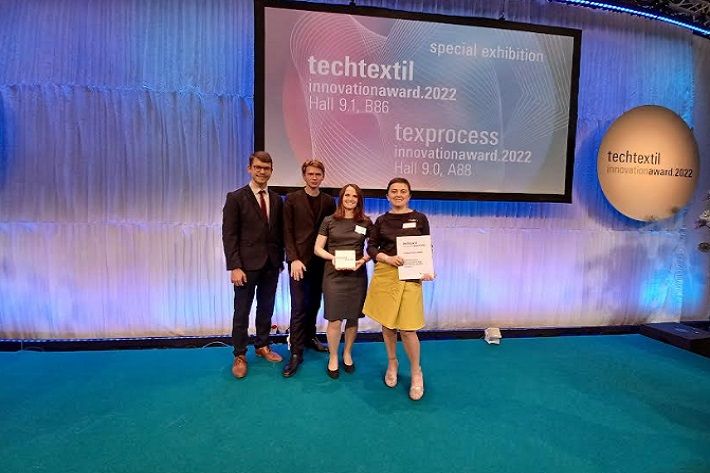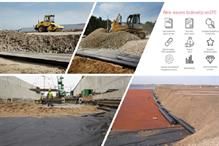
This award is intended to make cutting-edge developments visible, promote unconventional thinking and intensify the dialogue between researchers, manufacturers, and users - and thus exactly matches the philosophy of the fibre expert, the company said in a press release.
"It is a great honour and pleasure for us to receive the Techtextil Award. We see the award not only as an acknowledgement for the project presented, but also as a recognition of our innovation strategy. Our open innovation concept aims at dialogue and the associated acceleration of the commercialisation of innovative solutions. In this specific example, it has been shown that together with our partners, the Saxony Textile Research Institute STFI and Sumo, we have been able to react faster and more specifically to current trends. Together we achieved a better result. By joining forces, we have developed a product that optimally combines performance and sustainability,” Dr Marina Crnoja-Cosic, director new business development at Kelheim Fibres.
The starting point for the innovation was the search for a washable and thus reusable absorbent pad made of completely bio-based materials for the cloth diaper of the Berlin-based start-up Sumo.
Two main requirements of the application are obvious: A fast and efficient liquid distribution and high absorbency should minimise rewetting and leakage. Both are ensured by speciality viscose fibres from Kelheim, which have been making this essential contribution to absorbent hygiene products such as tampons for many years.
The obvious solution was therefore to optimally utilise the synergies between knitted and woven structures with nonwovens.
In doing so, the advantages of nonwovens in combination with speciality viscose fibres in terms of absorbency (through e.g. more open-pored structures) have been perfectly transferred from the field of disposable to the world of reusable products. For reusable products, however, there is another challenge to overcome: they must remain stable during washing and over several cycles of use. To ensure this, an innovative nonwoven construction was developed in close cooperation with the STFI. These nonwovens can be used as a stand-alone solution or integrated into a textile structure.
In the Sumo cloth diaper, the liquid management of the absorbent pad sets new standards. The new solution combines the worlds of nonwovens and textiles and provides proof that high-performance reusable absorbent products can be developed without fossil materials.
Fibre2Fashion News Desk (RR)

